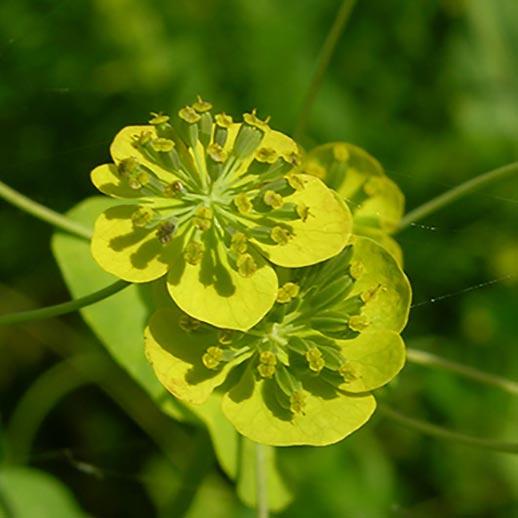
BUPLEURUM CHINENSE
Bupleurum
Immune Support
Liver & Cleanse Support
WHAT IS IT?
Bupleurum is a member of the Apiaceae family of plants and has been a staple of Traditional Chinese Medicine (TCM) for over 2,000 years. The roots of
WHAT IS IT USED FOR?
It is a primary component in a Chinese patent medicine called "Xia Yao San" or "Xia Yao Wan" ("san" means powder and "wan" means pill). Another name
More products with Bupleurum
Active Consituents
Phyto-Sterols and Sapponins; Saikogenin (E,F,G,) and Saikosaponin (A,B,C,D).
Parts Used
Root
Additional Resources
Cheung CS and Belluomini J, Traditional and new interpretation of prescriptions: the harmonizing group, Journal of the American College of Traditional Chinese Medicine, 1984; (1): 3-15. Saruwatari J, Nakagawa K, Shindo J, Nachi S, Echizen H, Ishizaki T. The in-vivo effects of sho-saiko-to, a traditional Chinese herbal medicine, on two cytochrome P450 enzymes (1A2 and 3A) and xanthine oxidase in man. J Pharm Pharmacol. 2003 Nov;55(11):1553-9. PubMed PMID: 14713367. Zhang H, Huang J. [Preliminary study of traditional Chinese medicine treatment of minimal brain dysfunction: analysis of 100 cases]. Zhong Xi Yi Jie He Za Zhi. 1990 May;10(5):278-9, 260. Chinese. PubMed PMID: 2397543.
Important Precautions
Not for use during pregnancy or lactation. If you have a medical condition or take pharmaceutical drugs please consult your doctor prior to use.
Disclaimer
This information in our Herbal Reference Guide is intended only as a general reference for further exploration, and is not a replacement for professional health advice. This content does not provide dosage information, format recommendations, toxicity levels, or possible interactions with prescription drugs. Accordingly, this information should be used only under the direct supervision of a qualified health practitioner such as a naturopathic physician.
Why Gaia Herbs?
Plant-Powered
Harnessing traditional wisdom, delivering Nature's vitality
Potent
Full spectrum formulas for an herb's full array of beneficial compounds
Purity Tested
All products are screened for pesticides, microbes & heavy metals
Transparent
Know what's in your supplement— Meet Your Herbs to learn more